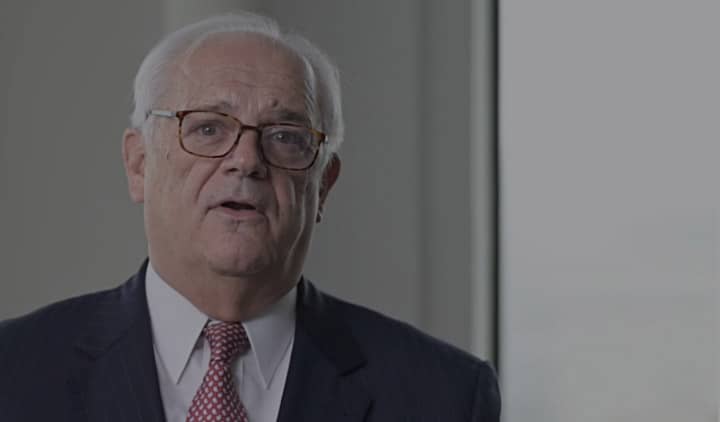If you are a motorcyclist in California, you probably do everything you can to stay safe and legal on the highways. This includes following all of the California traffic laws and regulations regarding motorcycle use. One motorcycle practice that many people may not know is legal in California is lane-splitting. Whether you are a motorcyclist or the driver of a passenger vehicle, it is important to know what lane-splitting is. If you’ve been involved in an accident, contact a Sacramento motorcycle accident lawyer.
Understanding lane-splitting
Governor Jerry Brown signed a law allowing lane-splitting in an effort to cut down on traffic. California was the first state to allow lane-splitting for motorcyclists. Lane-splitting is when a motorcycle is allowed to share a lane with motorists in traveling in the same direction. They can also legally pass vehicles proceeding in the same direction within the same lane. Lane-splitting is also called “lane-sharing” or “filtering.”
Issues involving lane-splitting surfaced in 2013 when the California Highway Patrol published guidelines on how motorcyclists should lane split. When these guidelines were posted, there was a complaint filed with the Office of Administrative Law, claiming that these were essentially “underground regulations” because lane-splitting was not yet legal.
New guidelines issued by the CHP in 2017, through their California Motorcycle Safety Program, instruct motorcyclists to travel no more than 10 miles per hour faster than other traffic. They are also not to lane split with traffic is moving at 30 miles per hour or faster.
Lanes-splitting on the shoulder of the road or freeway is illegal. Riders are not supposed to share lanes next to larger vehicles such as motorhomes or semi-trucks. The roadway conditions should also factor into when a motorcyclist chooses to lane-split, say regulators. The width of the lane, weather conditions, and lighting conditions should all factor into whether a motorcyclist lane splits or not.
Motorists in traditional vehicles are not to take it upon themselves to discourage motorcyclists from lane-splitting. Intentionally blocking a motorcyclist from lane-splitting could cause a serious accident and it is illegal, as is opening a door to impede a motorcyclist.
Is lane-splitting safe?
A 2013 study by Dr. Tamir Rice of UC Berkeley, Safe Transportation Research & Education Center (SafeTrec), titled “Motorcycle Lane-Splitting and Safety in California,” states that lane-splitting actually increases traffic safety. The study found that riders were significantly less likely to be rear-ended in heavy traffic conditions when they are allowed to lane split.
The study also says that riders who lane split are less likely to suffer head, torso, extremity, and fatal injuries. According to the state’s Office of Traffic Safety, motorcycle crashes caused 15,328 injuries and 504 fatalities in California during the latest reporting year.
Motorcyclists are more vulnerable to serious injuries than regular vehicle passengers in a crash. Even when a cyclist is wearing a helmet, they are still at a higher risk of sustaining the following:
- Broken and dislocated bones
- Severe lacerations
- Internal organ damage
- Internal bleeding
- Spinal cord injuries
- Whiplash injuries
- Traumatic brain injuries
- Concussions
These injuries require extensive medical care and can lead to major medical expenses. Victims who are unable to work while they recover could lose the income they need to pay those medical bills as well as their regular household expenses.
Lane-splitting is just one way that legislators have worked to improve motorcycle safety. Motorcycles, just like any other vehicle on the roadway, deserve respect.


